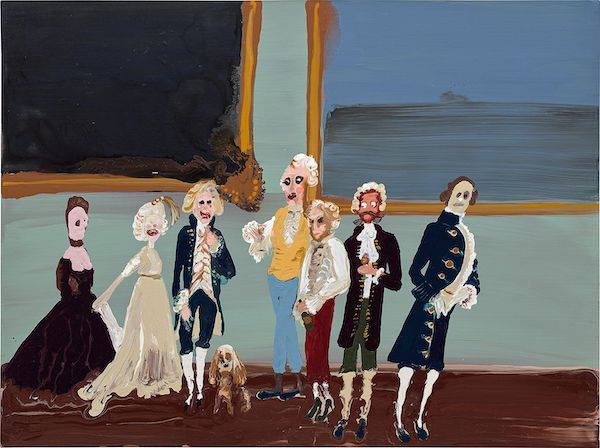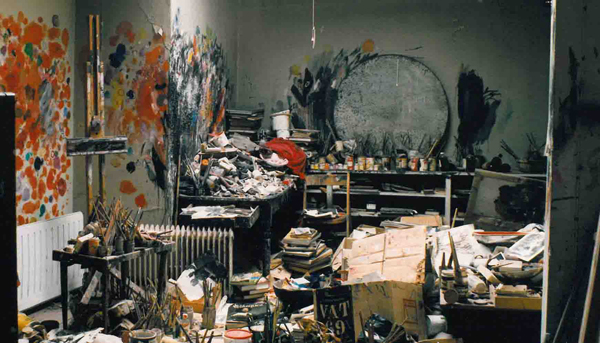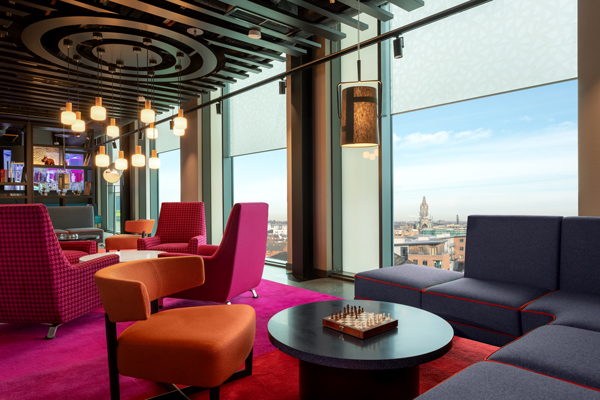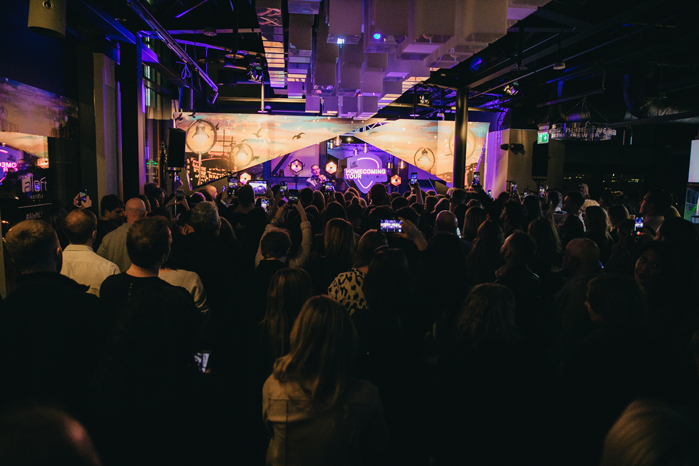Located in the heart of Dublin’s Liberties district, the seven-story Aloft Dublin City hotel stands out in a gritty neighborhood of winding residential streets and old distilleries. The Liberties (the unusual place name results from this having been the only part of Dublin to be free from the laws of the city when it existed outside the medieval ramparts) is a vibrant combination of old and new: home to the Guinness storehouse and 12th century Saint Patrick’s cathedral, it retains a somewhat raffish character, and a walk around its moody streets on a foggy night can be both physically and culturally invigorating, with a lively art and music scene in evidence at such venues as Vicar Street and Whelan’s on always bustling Wexford Street.
The recently-opened Aloft Dublin City lies within easy walking distance of central Dublin, with its network of museums that includes the National Gallery of Ireland, where a room full of Jack B.Yeats’ expressionistic depictions of both mythical and everyday Irish subject matter—drenched in thick impasto and rich with atmosphere—is a pleasure to finally behold in person. The work of Yeats’ contemporary heir, Genieve Figgis, evinces a similarly striking combination of distorted figuration, idiosyncratic narrative sensibility and luxuriant abstraction, but framed in an entirely modern and ironic approach to classical themes. While down the road at the Hugh Lane Gallery, the impressive feat of reassembling the daunting clutter of native Dubliner Francis Bacon’s London studio has been painstakingly achieved.
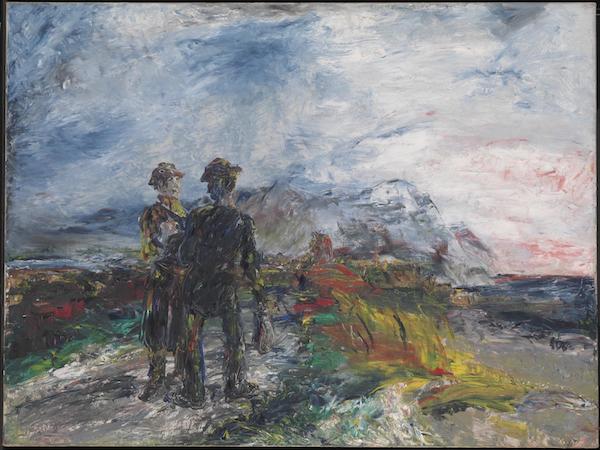
Jack Butler Yeats, The Two Travellers, 1942
Dublin’s outstanding literary heritage is celebrated at the venerable Writer’s Museum and at the new Museum of Literature, situated on St. Stephen’s Green, which focuses on interactive exhibits – and almost everywhere else: images of Joyce, Wilde, Beckett and Brendan “I’m a drinker with a writing problem” Behan adorn the walls of numerous bars and cafes, including the sumptuously Edwardian Bewley’s Tea Room on Grafton street, a Dublin institution that was celebrated in a Joyce short story.
A visit to Ireland’s premier recording studio, Windmill Studios, was also in order. Stephen Gormley, singer of folk-rock act Moon Looks On, serenaded the visiting party, and the genial hosts expounded upon what it is about the attractive state-of-the-art facility that has lured the likes of the Rolling Stones and Lady Gaga to record there in recent years, as well as serving as a home base for such renowned local acts as U2, Van Morrison, and the Cranberries. This “passion for music, technology, art and space” is shared by the Aloft, where selections by such beloved Irish bands as the Pogues and Thin Lizzy are on constant rotation on the hotel’s sound system.
One curious feature of the Aloft Dublin City is that the reception is on the top floor, with the 202 bedrooms situated on the floors below. It was at the WXYZ bar adjacent to the lobby, in late November, that Dublin’s new favorite musical son, Dermot Kennedy played a stripped-down homecoming show with a dazzling interactive stage set created by street artist, INSA. Kennedy packed in an adoring crowd, who sang along to ‘Outnumbered’, his plaintively catchy hit that it was impossible to ignore throughout a week in the Irish capital.
And so the nights passed in Dublin, and in the mornings one would awake to the soothing sound of rain dripping outside the hotel window, before heading upstairs to the Re:Fuel restaurant on the seventh floor, where a neon sign reading ‘This Must Be The Place’ (after the Talking Heads song of the same name), is emblazoned across one wall.
Outside the picture windows the perpetually slate-gray low-slung horizon, with the Wicklow Mountains visible in the cloudy distance, contrasts with the colorful interior as one savors selections from the lavish breakfast buffet. The lively atmosphere attests to the city’s continuing growth and prosperity. The Aloft Dublin City fits in perfectly, a global brand with a distinctly local identity.

